Dilations: graph the image
A dilation enlarges or reduces a figure.
Learn with an example
Graph the image of △CDE after a dilation with a scale factor of 1/4, centred at the origin.
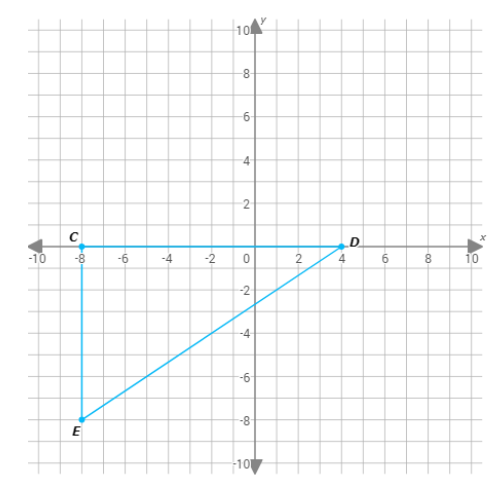
The scale factor of a dilation is the ratio of a length in the image to the corresponding length in the original figure.
This dilation is centred at the origin, so you can find the image by multiplying the x- and y-coordinates by the scale factor.
Multiply the coordinates of point C(–8,0)by 14.The image is C‘(–2,0).
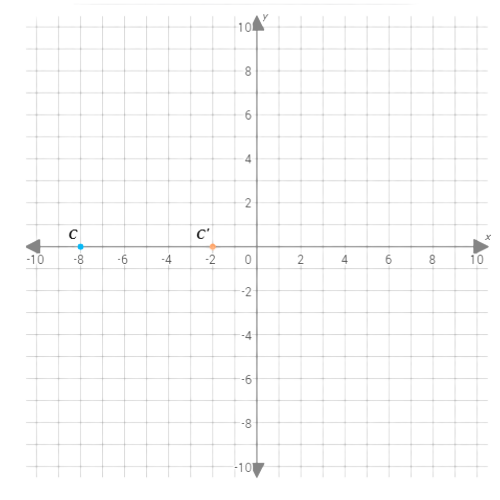
Now multiply the coordinates of point D(4,0) by 1/4. The image is D‘(1,0).
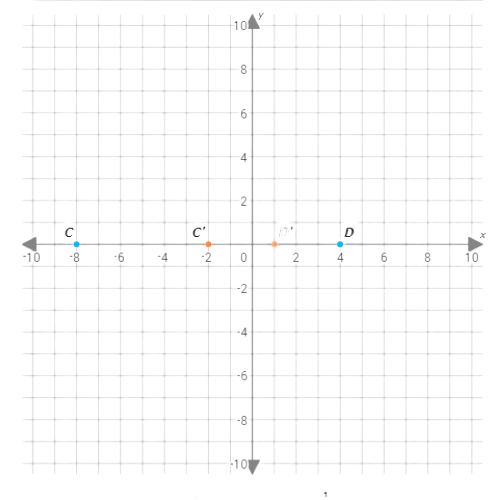
Now multiply the coordinates of point E(–8,–8) by 1/4.The image is E‘(–2,–2).The dilated points form a triangle similar to △CDE.
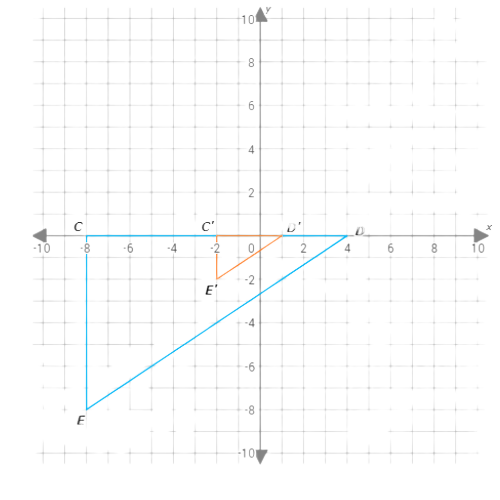
Graph the image of △BCD after a dilation with a scale factor of 1/3, centred at the origin.
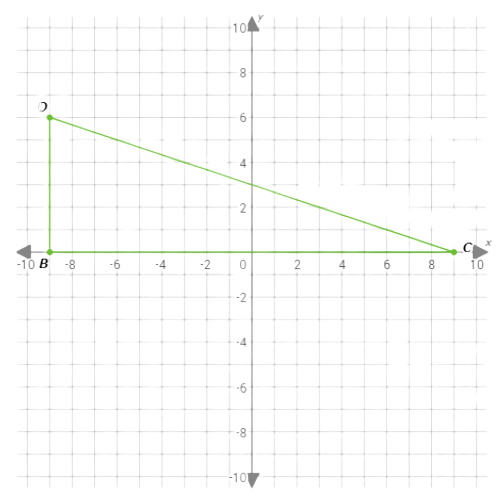
The scale factor of a dilation is the ratio of a length in the image to the corresponding length in the original figure.
This dilation is centred at the origin, so you can find the image by multiplying the x- and y-coordinates by the scale factor.
Multiply the coordinates of point B(–9,0)by 1/3.The image is B‘(–3,0).
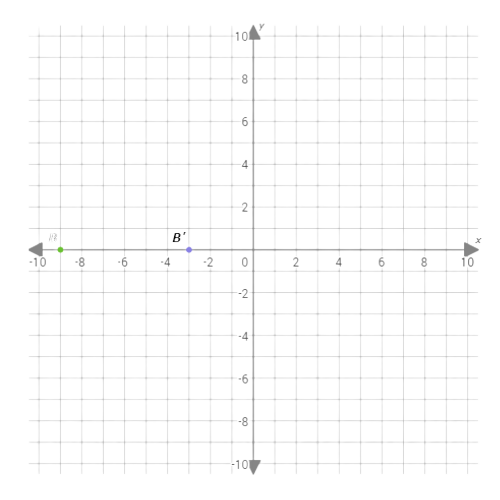
Now multiply the coordinates of point C(9,0) by 1/3. The image is C‘(3,0).
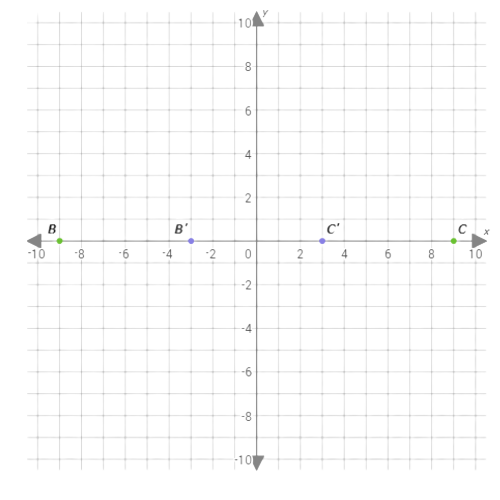
Now multiply the coordinates of point D(–9,6) by 1/3.The image is D‘(–3,2).
The dilated points form a triangle similar to △BCD.
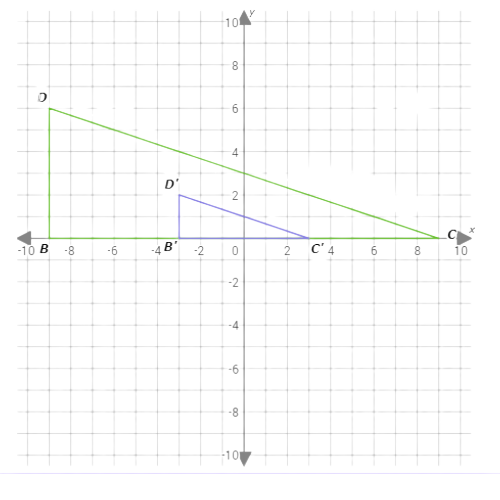
Graph the image of rectangle RSTU after a dilation with a scale factor of 1/5, centred at the origin.
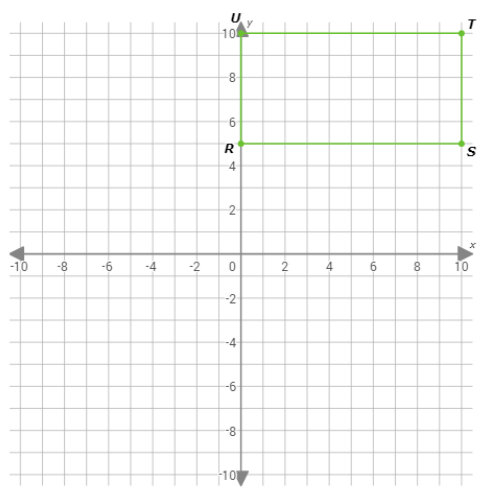
The scale factor of a dilation is the ratio of a length in the image to the corresponding length in the original figure.
This dilation is centred at the origin, so you can find the image by multiplying the x-and y-coordinates by the scale factor.
Multiply the coordinates of point R(0,5) by 1/5. The image is R‘(0,1).
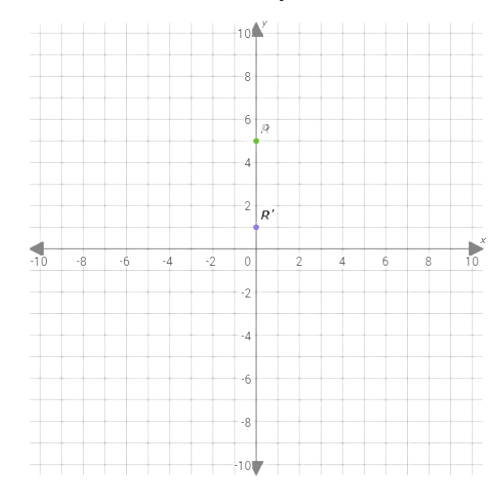
Now multiply the coordinates of point S(10,5) by 1/5. The image is S‘(2,1).
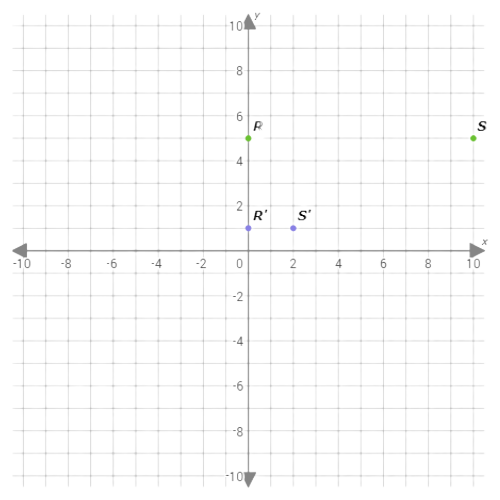
Now multiply the coordinates of points T(10,10) and U(0,10) by 15. The images are T‘(2,2) and U‘(0,2).
The dilated points form a rectangle similar to RSTU.
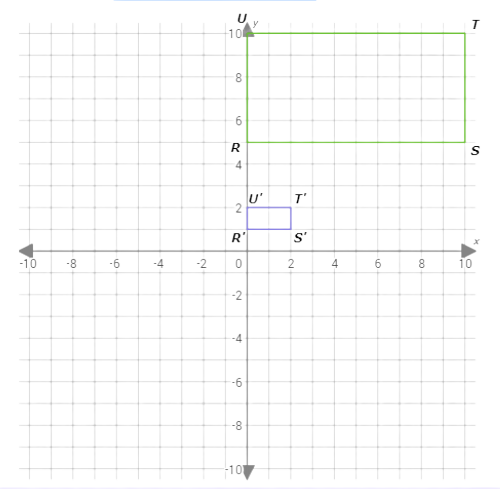
Graph the image of △BCD after a dilation with a scale factor of 3, centred at the origin.
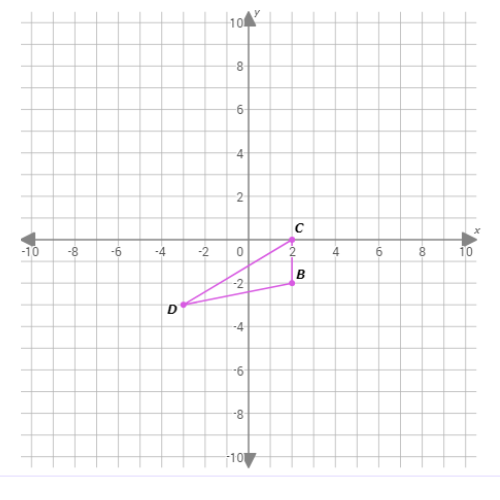
The scale factor of a dilation is the ratio of a length in the image to the corresponding length in the original figure.
This dilation is centred at the origin, so you can find the image by multiplying the x- and y-coordinates by the scale factor.
Multiply the coordinates of point B(2,–2) by 3. The image is B‘(6,–6).
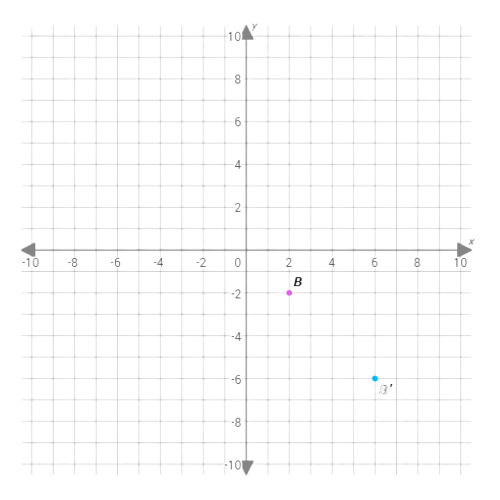
Now multiply the coordinates of point C(2,0) by 3. The image is C‘(6,0).
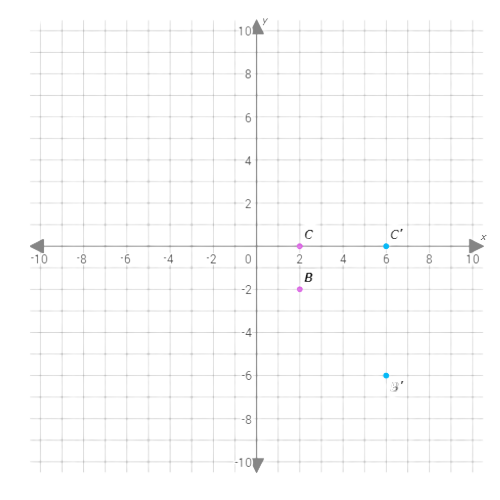
Now multiply the coordinates of point D(–3,–3) by 3. The image is D‘(–9,–9).
The dilated points form a triangle similar to △BCD.
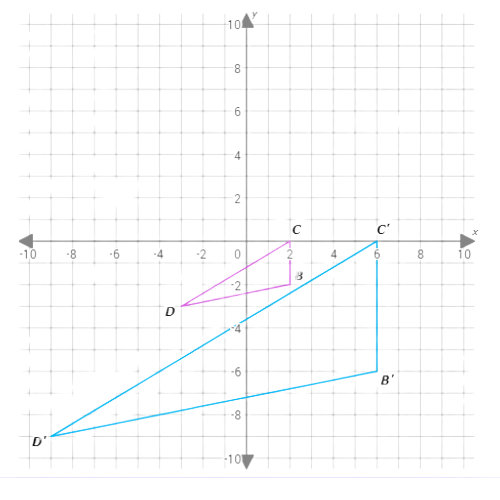
let’s practice!

